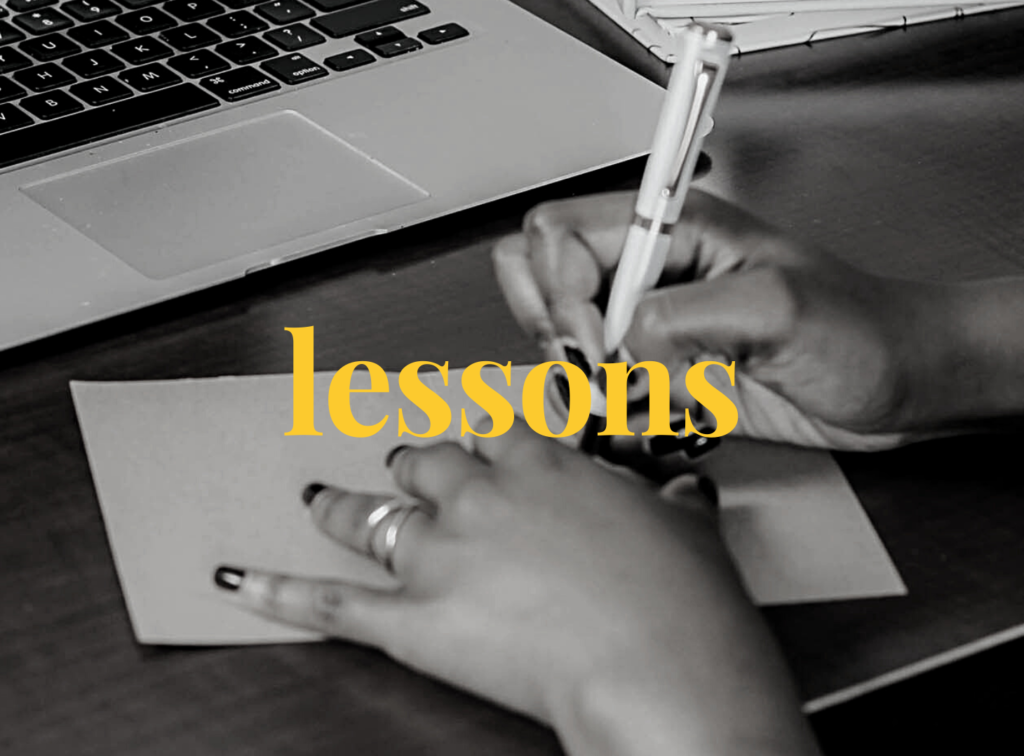In this course we are focused on research that provides solutions to social problems, and you cannot solve a social problem on your own. Knowledge is a collective endeavour. As researchers, we need to know what other researchers in our fields have learned before us, and then we can determine how we will contribute to the collective project of doing research for social change.
This lesson focuses on the role of literature reviews in developing your research question and beginning your research. A literature review is “an objective, critical summary of published research literature relevant to a topic under consideration” (Reid et al. 2017, 108). You need to read academic literature that relates to your research interests so that you understand questions, debates, and findings in the field in which you’re interested, and so that you can position your own research within the context of a broader body of work.
When Should I do a Literature Review?
You should start your literature review very early in the process, as soon as you’ve identified your research interests. You can begin with an annotated bibliography. This is a list of important books, chapters, and journal articles in the field, with notes (or annotations) about the author’s main points and the relevance to your own research. Check out these annotated bibliography samples.
An annotated bibliography is a starting point, but you should produce a comprehensive literature review before you have finished your research proposal. A literature review is a necessary part of justifying your research. This doesn’t mean that your literature review research is finished once you have completed your proposal. You should come back to your literature review throughout the process as new research emerges.
Why Should I do a Literature Review?
Doing a literature review helps you answer the following questions:
- What have other researchers discovered about this topic?
- Who are the leading researchers in this field? What are their foundational texts? Why is their work so important?
- Who has done this research? Whose perspectives are included? Are any perspectives missing?
- Which methods do other researchers use to study this topic? Is there variation in the methods that researchers use? Might I find something new by using a different method to study the same question?
- Which key concepts do authors use?
- Are there any patterns in this research?
- Is this research dominated by a single approach? Or is there variation in the ways people study and analyze this topic?
- What is missing? What can I add?
- What kinds of arguments do others make about this topic? Do I have something to add to these conversations?
- What are the key debates in this field?
- Do I need to refine my research question in light of what I have found?
Identifying Gaps
Reviewing the literature is a way of identifying gaps in the literature that need to be filled. Let’s use Dr. Phil’s own research as an example. Dr. Phil has studied migrants’ experiences of integration in the Canadian context — this is a research topic. Let’s study how Dr. Phil arrives at her research question through a literature review.
For the purposes of this lesson, we will use as an example Dr. Phil’s article with Bukola Salami (2018) titled, “Men Become Baby Dolls and Women Become Lions: African Immigrant Men’s Challenges with Transition and Integration.” Their article begins by noting the contributions of researchers in the field. They write: “Over the past decade, scholars have begun to explore neglected aspects of immigrant family life such as gender relations, domestic violence, parenting, and relationships with service providers.” Yet, they also note a gap in the literature: “Many of these studies, however, are based on women’s experiences” (2018, 91 emphasis added).
Because the authors identified a gap, they are able to contribute new information that will help answer important questions about immigrants’ experiences of integration, and the gendered dynamics of these experiences. When you survey the literature, you should look for gaps, so that you do not reproduce work that has already been done, and so that you can contribute new ideas, building on the work others have done.
As you identify gaps, however, it is important to think about why a gap exists. Dr. Okeke-Ihejerika and Dr. Salami do not simply identify that there is a gap in research on African men’s experiences, they explain why it is important to fill that gap. They provide several reasons for addressing this gap:
- Immigrants, and particularly African migrants, are a growing population in industrialized countries like Canada, and research shows “that more needs to be done to enhance their capacity to survive the transition and successfully integrate into their new host societies” (92)
- As they explain, “immigrant populations are increasing” in the West, but “the knowledge base for developing culturally relevant policies and practices that could help them re-establish family and community in their host societies is grossly deficient” (92)
- Once African migrants settle in their new homes, they tend to find “common ground” based on their shared experiences, even though they are culturally diverse (93)
- Giving African migrants the opportunity to share their experiences through qualitative research can provide “a basis for developing culturally effective policies and services that will enhance their transition and integration into Canadian society” (94)
The authors identify that there is a gap in the literature, and they explain why it is important to conduct research in this area. As you do your own research and identify gaps in the literature, reflect on why the gap exists and why it needs to be filled. This process can help you develop your research question. Based on their review of the literature, Okeke-Ihejerika and Salami arrived at the following research questions:
- What stressors do African men face within the family in the post-migration context?
- What insights could their experiences provide in terms of possible directions for future studies, service provision, and policymaking?
How do I do a Literature Review?
- You should consult a combination of online sources and books, depending on what is accessible to you. We have put together a collection of useful resources for you including open-access sources available worldwide without a library subscription; these are academic resources, so you are likely to find peer-reviewed content
- When using Internet searches for research, be sure to identify academic search engines as opposed to using a popular search engine like Google. Academic search engines and databases help direct you to academic, peer reviewed sources.
- You can use advanced search techniques to limit the search results to peer-reviewed content.
- Identify relevant search terms, variations of these terms, and keep track of the most commonly-used terms in the literature
- For example, if your research question is “What stressors do African men face within the family in the post-migration context?”, you might search:
- Migrants or migration or immigrants or immigration; and
- Africa or African; and
- Gender or women or men
- This is an example of search terms that captures variation in terms, captures relevant research without narrowing the search too much, thereby excluding potentially relevant sources.
- Experiment with different search terms and see what you find.
- You can move from broader searches to narrower searches, depending on how much you find.
- With practice you will identify the most reliable and useful search terms.
- For example, if your research question is “What stressors do African men face within the family in the post-migration context?”, you might search:
- When you have identified foundational texts and leading researchers in your field, look at their bibliographies to see which sources they cite. Then, try to find those sources. This is a way of working backwards through the literature.
- You can also jump forward. When you identify a relevant article, see who they cite, and see what those scholars have published recently.
- Try to find scoping review articles and state of the field articles. These are articles where other scholars review the literature and identify trends and debates.
- Keep track of what you’ve found, where you’ve looked, and which search terms are most effective.
- Search for a combination of academic, peer-reviewed sources and “grey” literature, which is not peer reviewed, but still contains relevant information. Grey literature is produced by policy institutes, governments, and international non-governmental organizations, and it can be useful when accompanied by academic research.
- Evaluate and assess each source.

